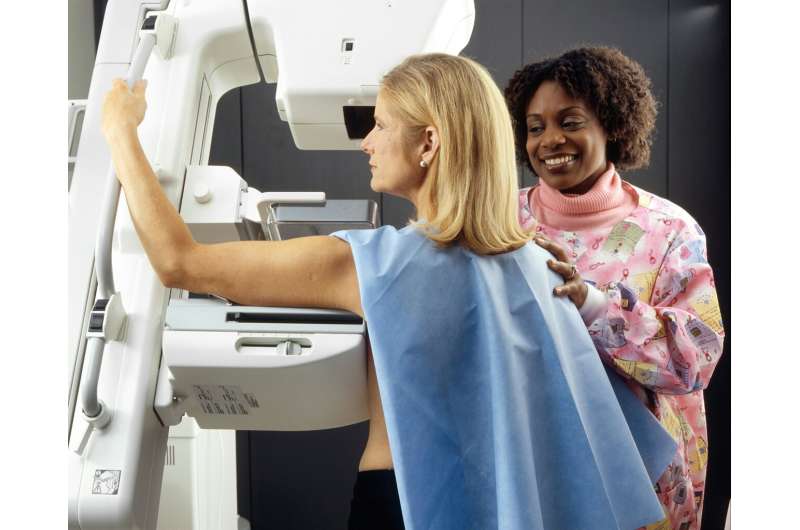New Algorithm Unveils the Brain's Small Region Critical for Motivation

Discover how a tiny brain area called the VTA encodes not only reward predictions but also their precise timing, revealing new insights into motivation and learning through advanced AI techniques.
Recent research utilizing advanced machine learning techniques has shed light on the vital role of a tiny brain area called the ventral tegmental area (VTA) in motivation and reward processing. The VTA, well-known as the brain's primary source of dopamine, regulates how we anticipate future rewards by interpreting contextual cues. A collaborative study between the University of Geneva, Harvard, and McGill universities reveals that the VTA does more than predict rewards: it encodes the exact timing of when these rewards are expected.
This groundbreaking discovery was made possible through a combination of neuroscience experiments and artificial intelligence algorithms. The team demonstrated that the VTA's neural activity isn't just about reward prediction but also involves detailed temporal coding. Different neurons within the VTA respond to reward cues over varied time scales—from seconds to minutes—allowing the brain to adapt its learning strategy to pursue immediate or delayed rewards.
Traditionally, the VTA was thought to simply respond to rewards as they occur, but this research shows it predicts their timing with remarkable precision. The findings indicate that the brain's reinforcement learning involves not just estimating reward value but also understanding the temporal structure of reward opportunities. This nuanced encoding provides greater flexibility, enabling individuals to optimize behavior based on personal goals and the timing of potential rewards.
Moreover, the study highlights a fascinating synergy between neuroscience and artificial intelligence. The researchers developed a mathematical algorithm that models reward timing, which successfully matched empirical neural data from animal studies. This interplay underscores how AI tools can deepen our understanding of complex brain functions and facilitate further discoveries.
Published in Nature, this research opens new avenues for understanding motivation, learning, and decision-making. It demonstrates how small brain regions, when examined through innovative AI approaches, reveal intricate functions that are central to human behavior and learning processes.
Stay Updated with Mia's Feed
Get the latest health & wellness insights delivered straight to your inbox.
Related Articles
Promising New Compounds Show Potential for Remyelination in Multiple Sclerosis Treatment
New research identifies two experimental compounds with the potential to promote remyelination and repair nerve damage in multiple sclerosis, offering hope for disease-modifying therapies.
Understanding Retinol: Benefits, Risks, and Best Practices
Learn about retinol's benefits for aging and acne, its proper usage, potential side effects, and tips for safe application to achieve healthy, youthful skin.
Using Mouse Bait with Tick Pesticide Significantly Reduces Infected Tick Populations in Field Trials
Field studies show that using mouse bait with tick pesticide can lower infected tick populations by 39%, offering a promising strategy to limit Lyme disease transmission in high-risk areas.
FDA Grants Breakthrough Status to AI-Driven Breast Cancer Risk Assessment Tool
A novel AI-powered mammogram analysis tool from Washington University has received FDA breakthrough status, promising more accurate five-year breast cancer risk predictions to improve early detection and prevention.



